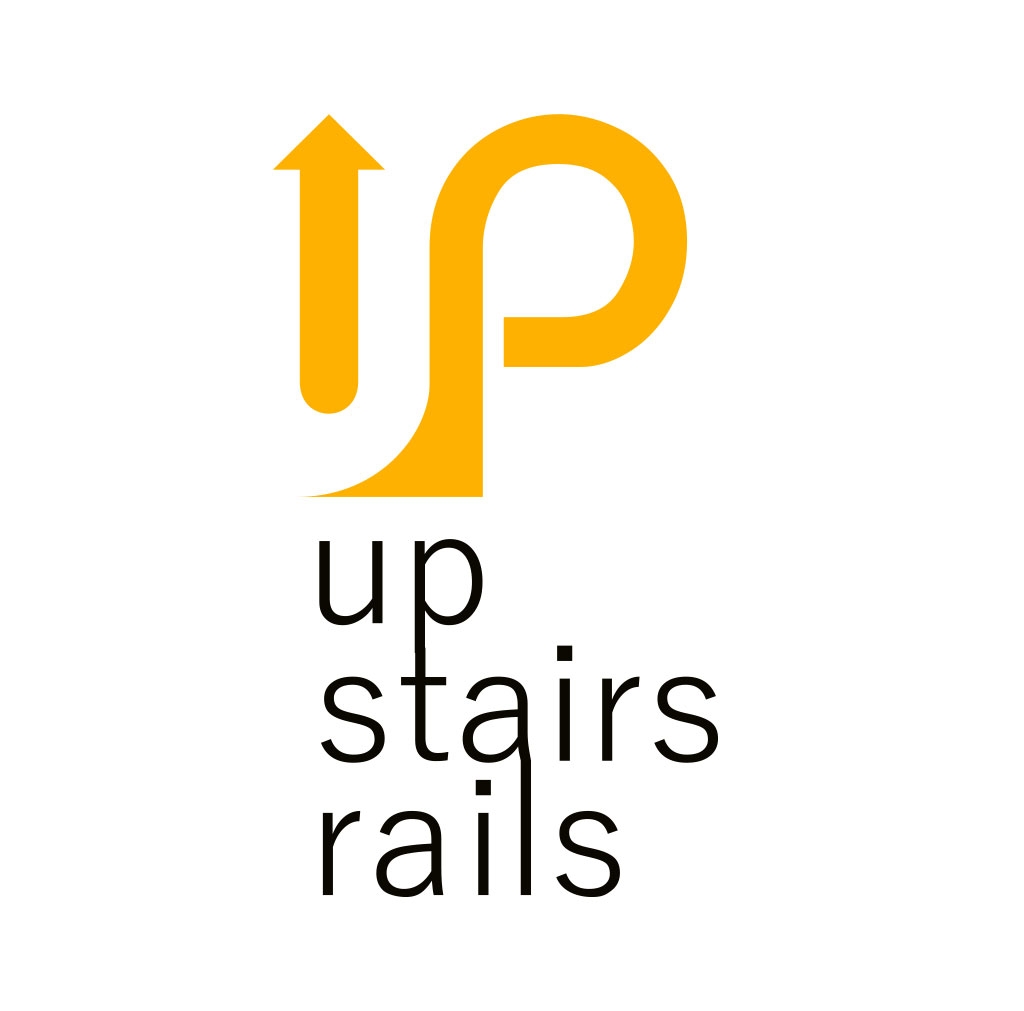Railing installation is a crucial aspect of any DIY project that involves stairs, balconies, decks, or even porches. Whether you are a seasoned DIY enthusiast or just starting out in the world of home improvement, having the right tools is essential for a successful railing installation. In this article, we will discuss the ten essential tools that every DIY enthusiast needs for railing installation.
1. Tape Measure: Accurate measurements are the foundation of any railing installation. A tape measure will help you measure the height, length, and distance between railing posts, ensuring a precise fit.
2. Level: A level is a must-have tool for any DIY project, including railing installation. It will help ensure that your railing is perfectly straight and level, providing both safety and aesthetics.
3. Drill: A good quality drill is essential for creating pilot holes, drilling screws, and fastening railing brackets securely. Look for a cordless drill with sufficient power and multiple drill bit sizes.
4. Screwdriver Set: While a drill is excellent for most tasks, a set of screwdrivers is essential for finer adjustments, such as tightening screws or adjusting rail connectors.
5. Circular Saw: An efficient and versatile tool like a circular saw is particularly useful for cutting wood or metal railing materials to the desired length. Make sure to select a saw with a sharp blade suitable for your specific railing material.
6. Miter Saw: If your railing installation includes angled cuts, a miter saw is a must. It allows for precise angle cuts on railing posts and balusters, ensuring a secure and professional-looking installation.
7. Safety Glasses: Safety should always be a priority. Safety glasses will protect your eyes from flying debris while using tools, especially during cutting or drilling tasks.
8. Workbench or Sawhorses: Having a sturdy surface to work on will make railing installation a lot easier. A workbench or a pair of sawhorses will provide stability and support while cutting, drilling, or assembling railings.
9. Clamps: Clamps are valuable for holding railing components in place during assembly and installation. They provide the needed stability, allowing for accurate and secure connections.
10. Hacksaw: A hacksaw is useful for cutting through metal railing materials like aluminum or wrought iron. Depending on your project, it may be necessary to shorten the railing or make adjustments, and a hacksaw is perfect for such tasks.
Having these ten essential tools will significantly simplify the railing installation process and yield professional-looking results. However, it’s important to remember that safety precautions should always be followed when using any tools, including wearing appropriate protective gear, such as gloves.
Before starting your railing installation project, familiarize yourself with the specific requirements and guidelines for your area. Additionally, ensure that you have acquired the necessary permits, if applicable, and that you are aware of the local building codes and regulations.
In conclusion, railing installation is an essential aspect of many DIY projects, ensuring safety and aesthetic appeal. By having these ten essential tools at your disposal, you will be well-equipped to tackle any railing installation project with confidence and success. Remember to prioritize safety and accurate measurements throughout the process, and enjoy the sense of accomplishment that comes with completing your DIY project.
Publisher Details:
upstairsrails.com
https://www.upstairsrails.com/
Up Stairs Rails specializes in indoor railing installation and stair railing services in NJ. Our team masterfully blends safety with sophisticated style, delivering tailored designs for both homeowners and builders. Benefit from our unmatched craftsmanship, as our fully insured experts are steadfastly committed to achieving your vision and ensuring satisfaction. Explore a world of elegant house railings with us

